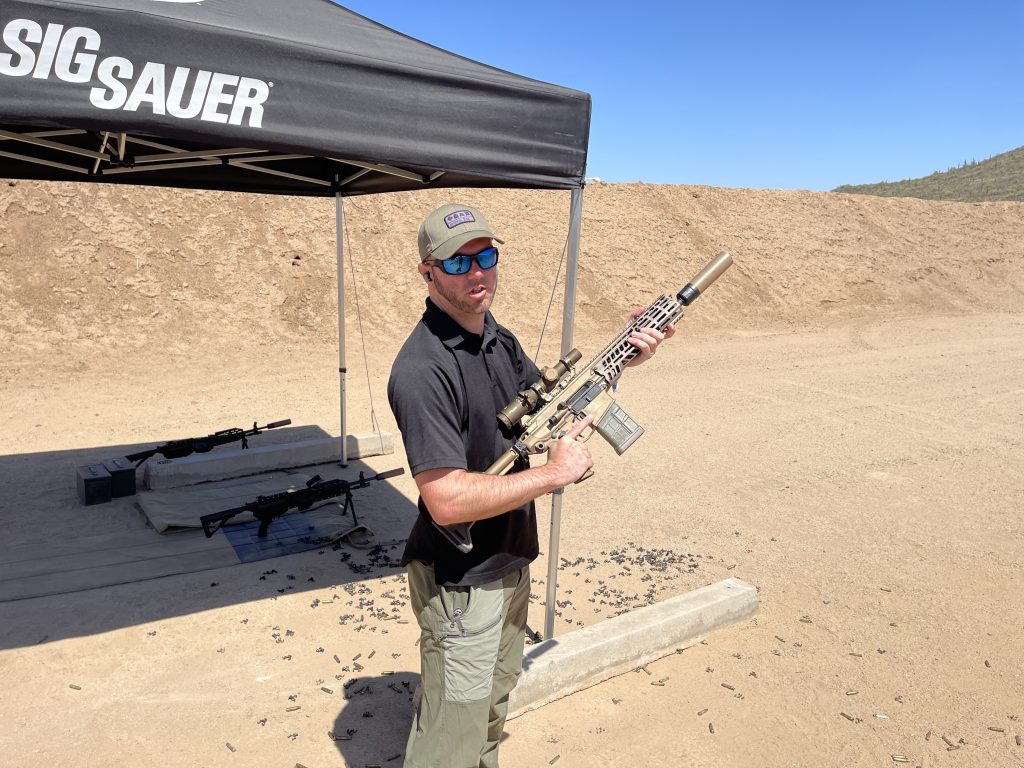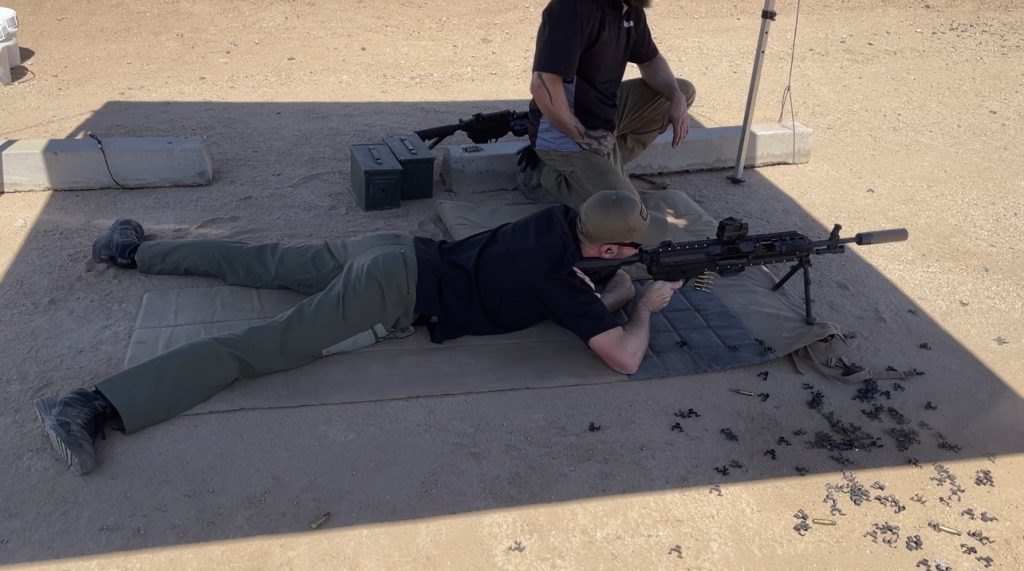The Army’s XM7 rifle reached final initial delivery at the end of April. The information directly from DoD is rather limited, this is another phase of testing after all.
But for those of us on the commercial side, especially with the release of the commercial versions, the reactions are… mixed.
The Good
There are several folks who are fans of the whole the NGSW program. I am one of them. I am not overly impressed with the XM7 SPEAR rifle however. I have nothing against the rifle, but it’s just a modern rifle AR16/18 in the __x51 receiver pattern. It isn’t new. It isn’t really “Next Gen” itself in any functional sense.
The XM250 Machine Gun is. That weapon is substantially improved over the M249.
The ammunition is too. The hybrid case allows for much higher pressure loads without case failure being a problem, something brass couldn’t achieve as it was at its material limits. The projectiles are also better designed than they ever have been and the 6.8 is a much better round ballistically in the 140gr weight range than 7.62 could be. Those characteristics aren’t new though, only the case design.
The suppressor systems are also excellent, with their flow-thru designs lowering the gas the shooter receives and the noise reduction being both a safety improvement and a concealment improvement.
But in general. The XM7 isn’t anything that the MK17 didn’t already deliver 20 years ago. If you spun up a 6.8 barrel for the SCAR, the MK17 would fit neatly into the niche right along with the XM7, minus the slightly more ambidextrous controls of the XM7.
The XM7 is a very good rifle design, taking into account the lessons and improvements of the last two decades. The SPEAR LT and the new SDI M400 are also excellent rifle designs.
The Bad
We’ve been building excellent rifles for awhile. We haven’t strayed far from the few winning formulas either, when we have they’re generally overly complicated and problematic in their own right.

So while I subhead this “the bad” it really isn’t bad. It is just limited. We can only do so much with a by necessity ~8lb 13″ barreled service rifle that we’re going to put an LPVO, a laser of some sort, and a suppressor on when it realistically will be limited to the 20-25 round magazines that are much larger than the current 30rd PMAGs. A placard type carrier will keep 60 to 75 rounds on the body, and another 20 to 25 in the gun.
Those are inescapable limits. The ability of soldiers to utilize the increased range and accuracy is still going to have hard limits too. Soldiers are going to be training with a ‘reduced’ power 6.8 round for two reasons, cost and backstop safety. The all brass 6.8 training ammo will not exhibit all the increased performance of the hybrid ammo.
There are also still rumblings of the XM157 optics, the ‘smart’ LPVOs that auto range and give correct POA being temperamental. I think auto ranging and corrected aim tech still has a ways to go and requires more system training time than the Army currently puts into the M4A1.
This smarter system requires the time investment in the soldiers and that is going to be a hurdle. Each piece of the soldier’s service weapon is far more complicated now than it ever has been. The optic is among the most complicated piece and furthest from the current optics soldiers are familiar with.
Our hardest limits on this system are going to come from the troops with these rifles in hand.
The Awesome

The real and true winner in the NGSW is the XM250, this light machine gun is so many light years ahead of the M249 it isn’t even funny. This is a better controlled and lighter LMG that gives the soldier a more effective machine gun than the M240 series does.
The XM250 is the closest thing the program produced to a game changing small arm, the remainder merely updated the systems to modern standards.



